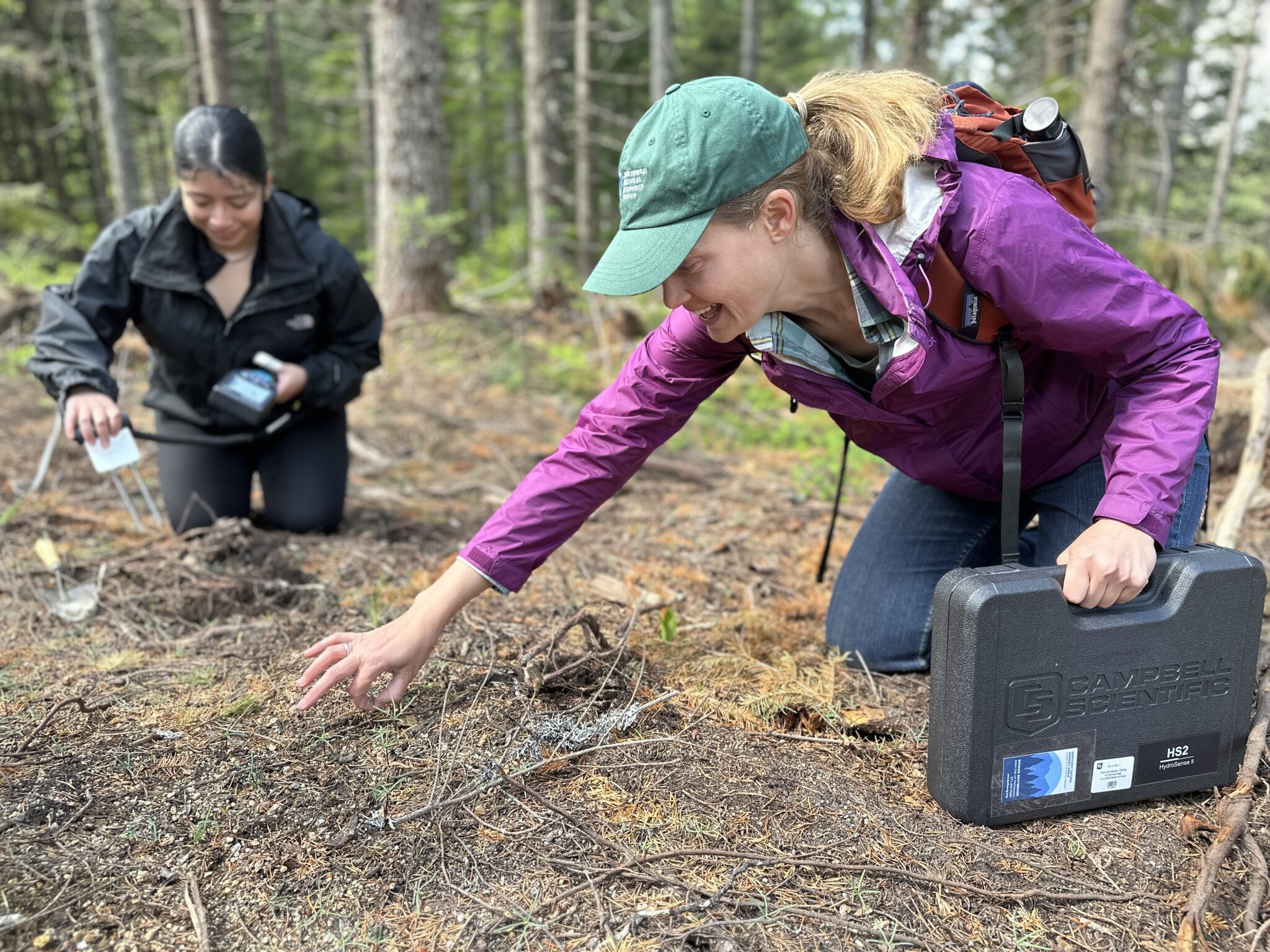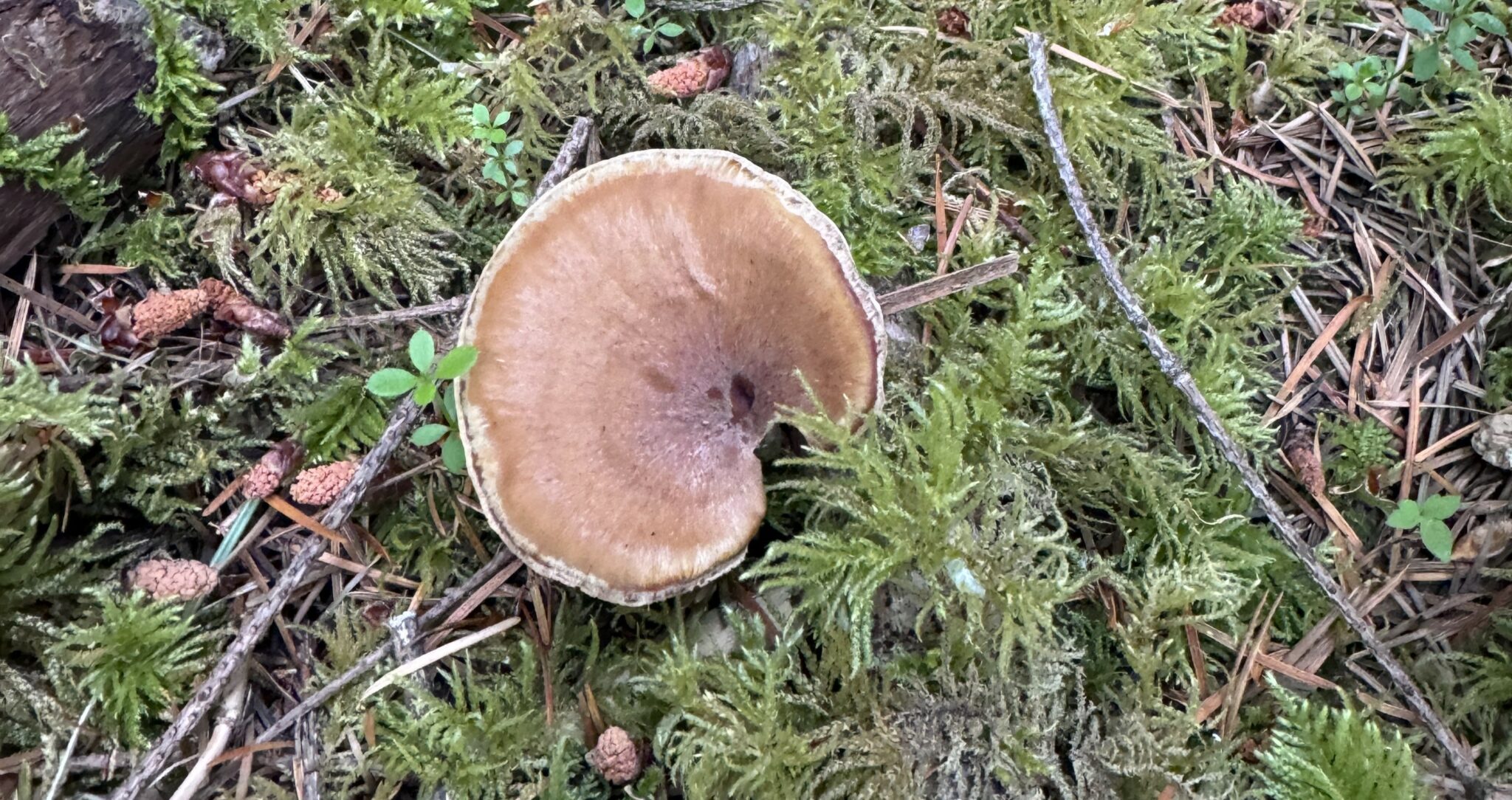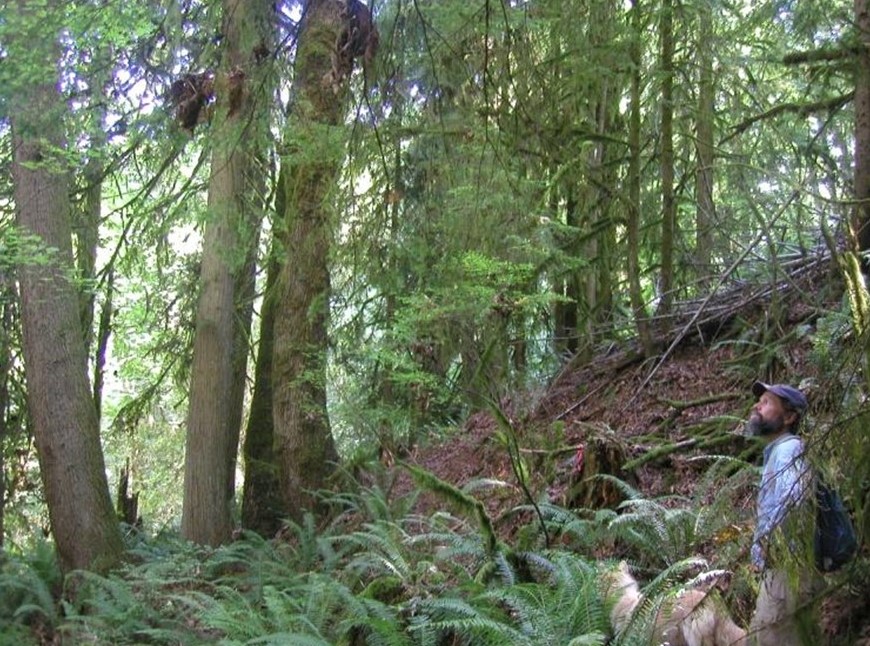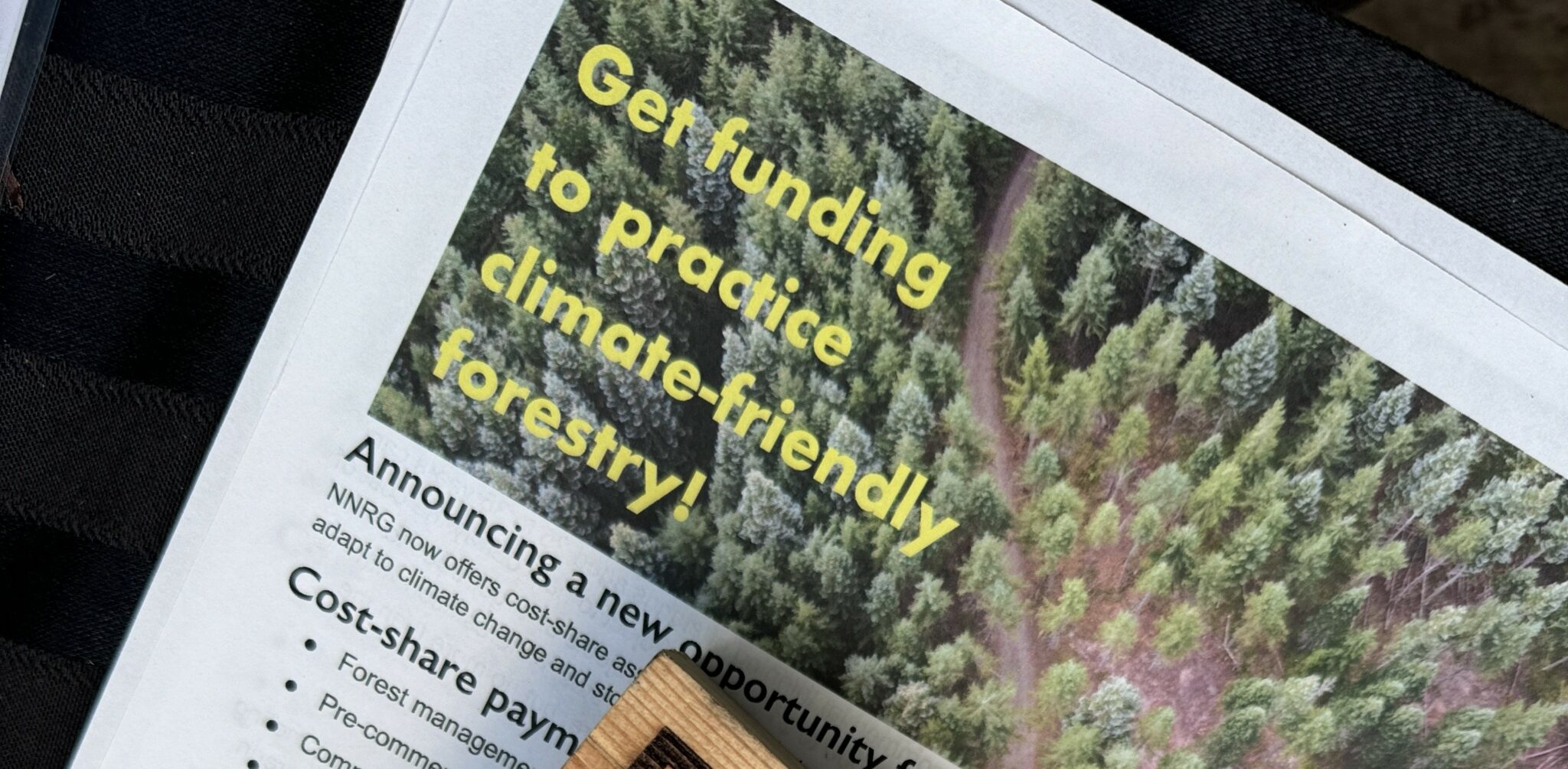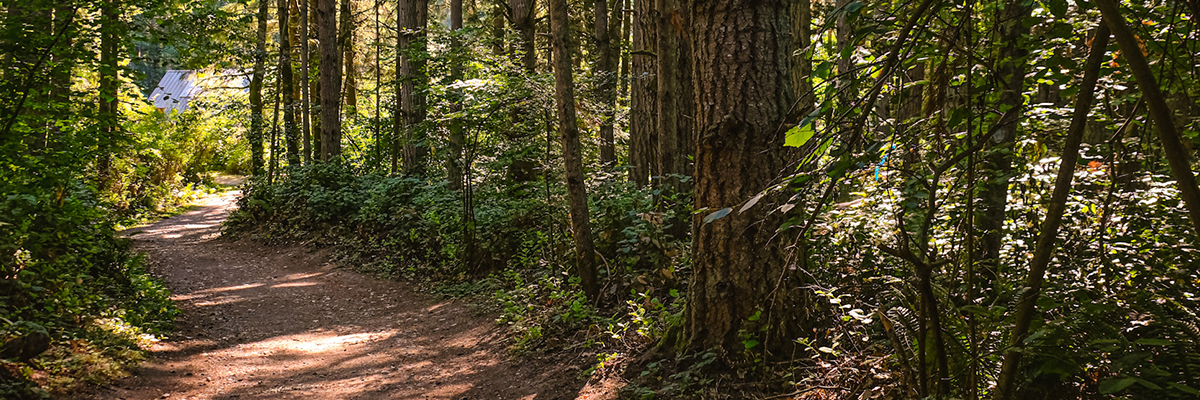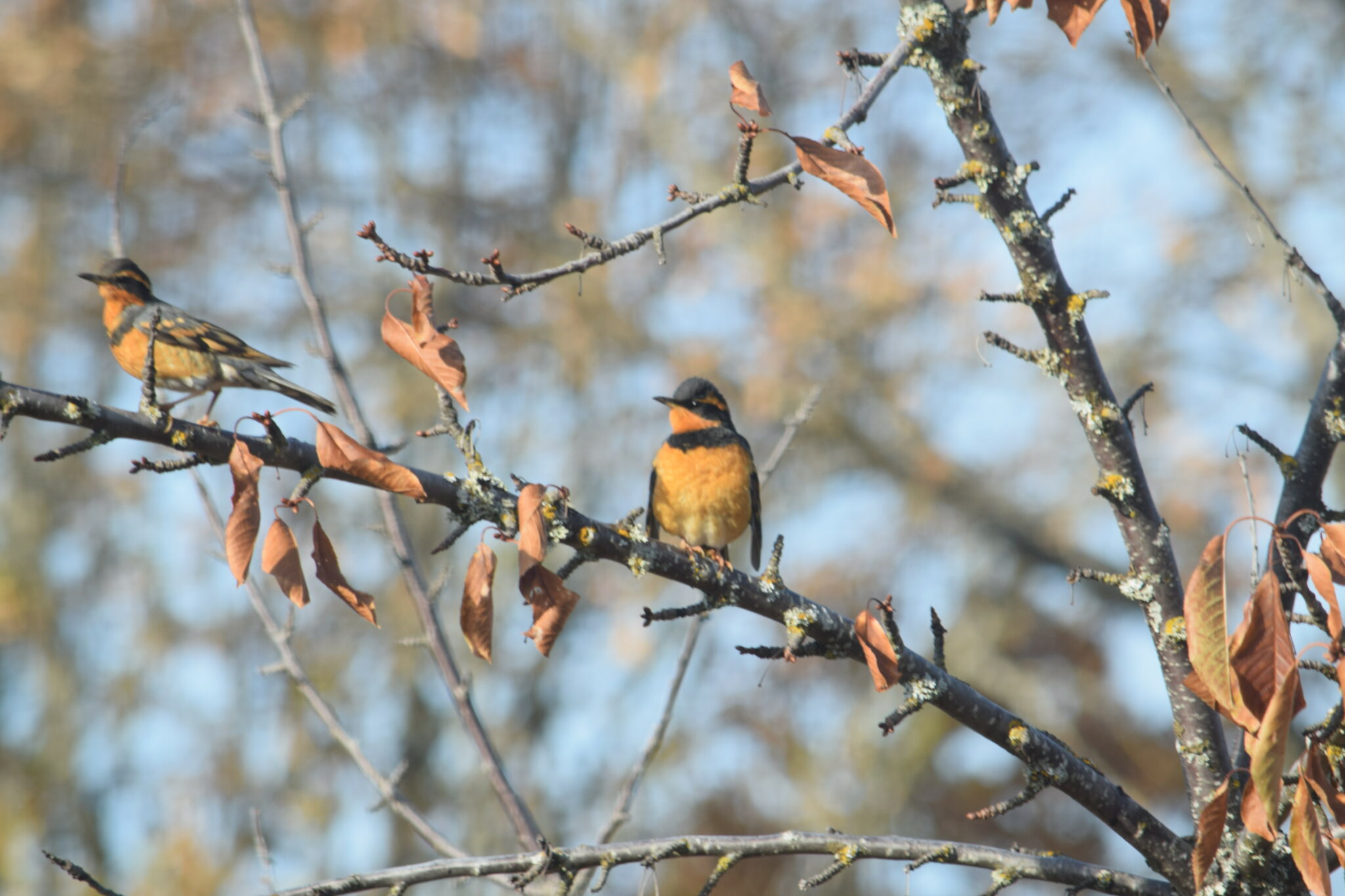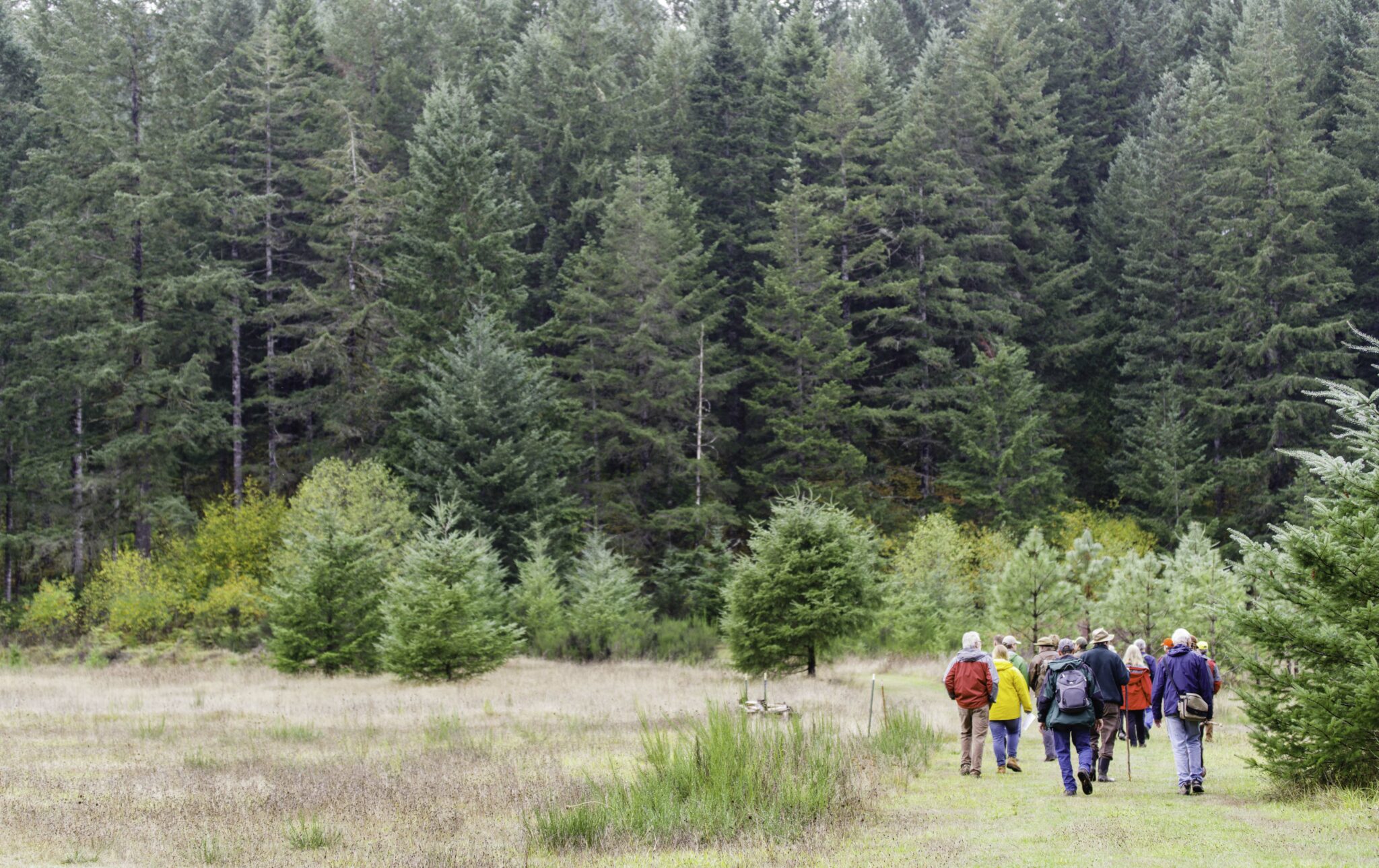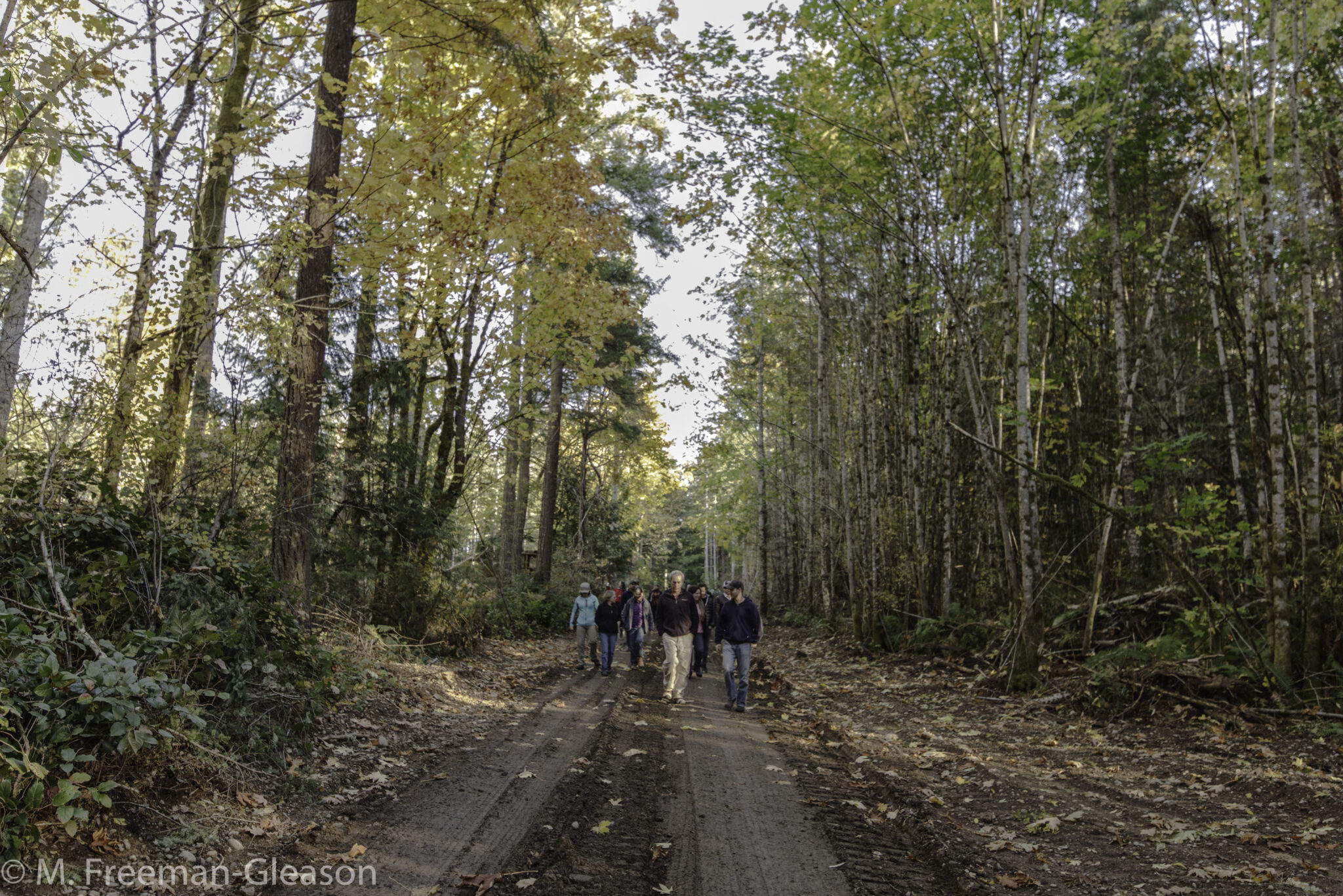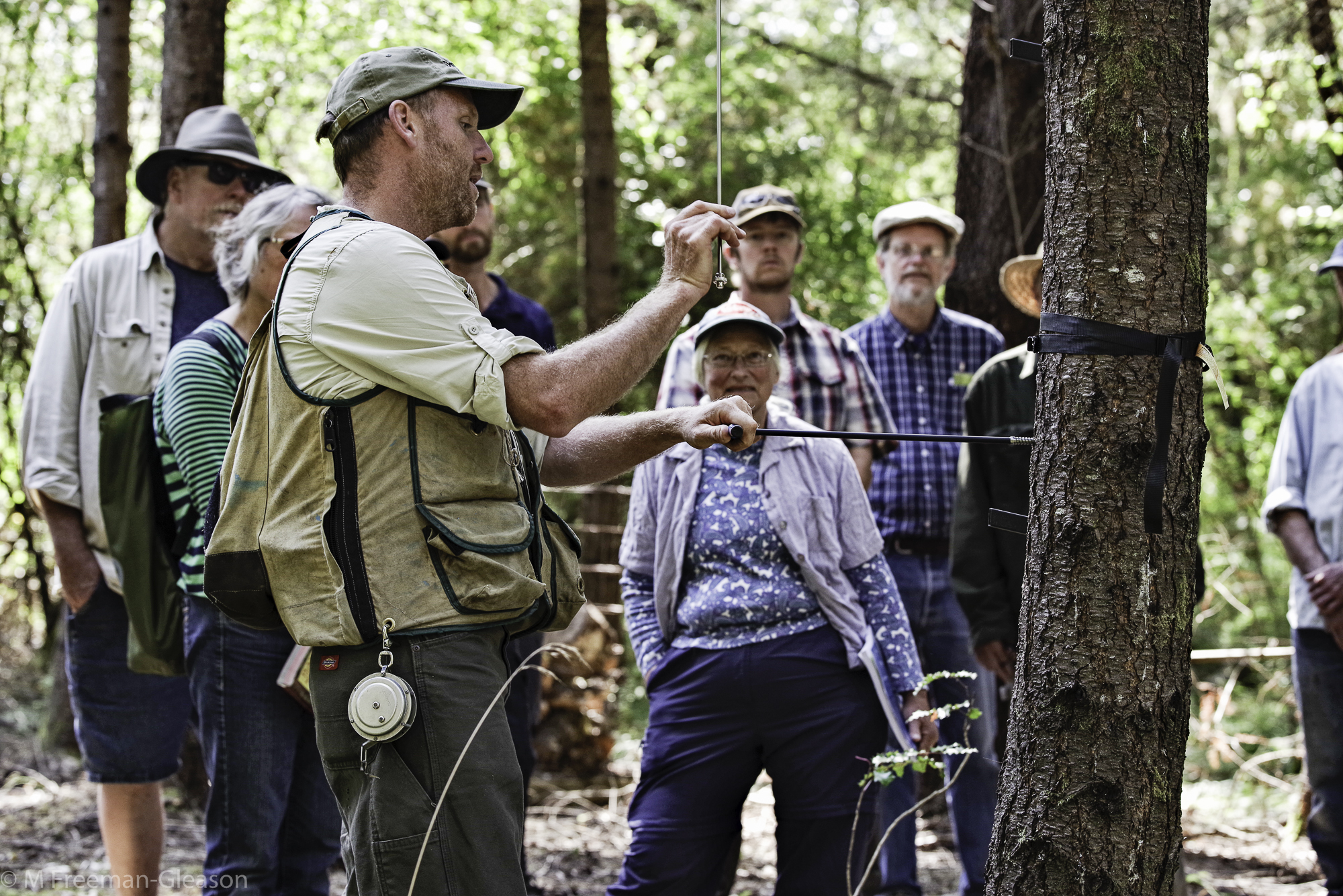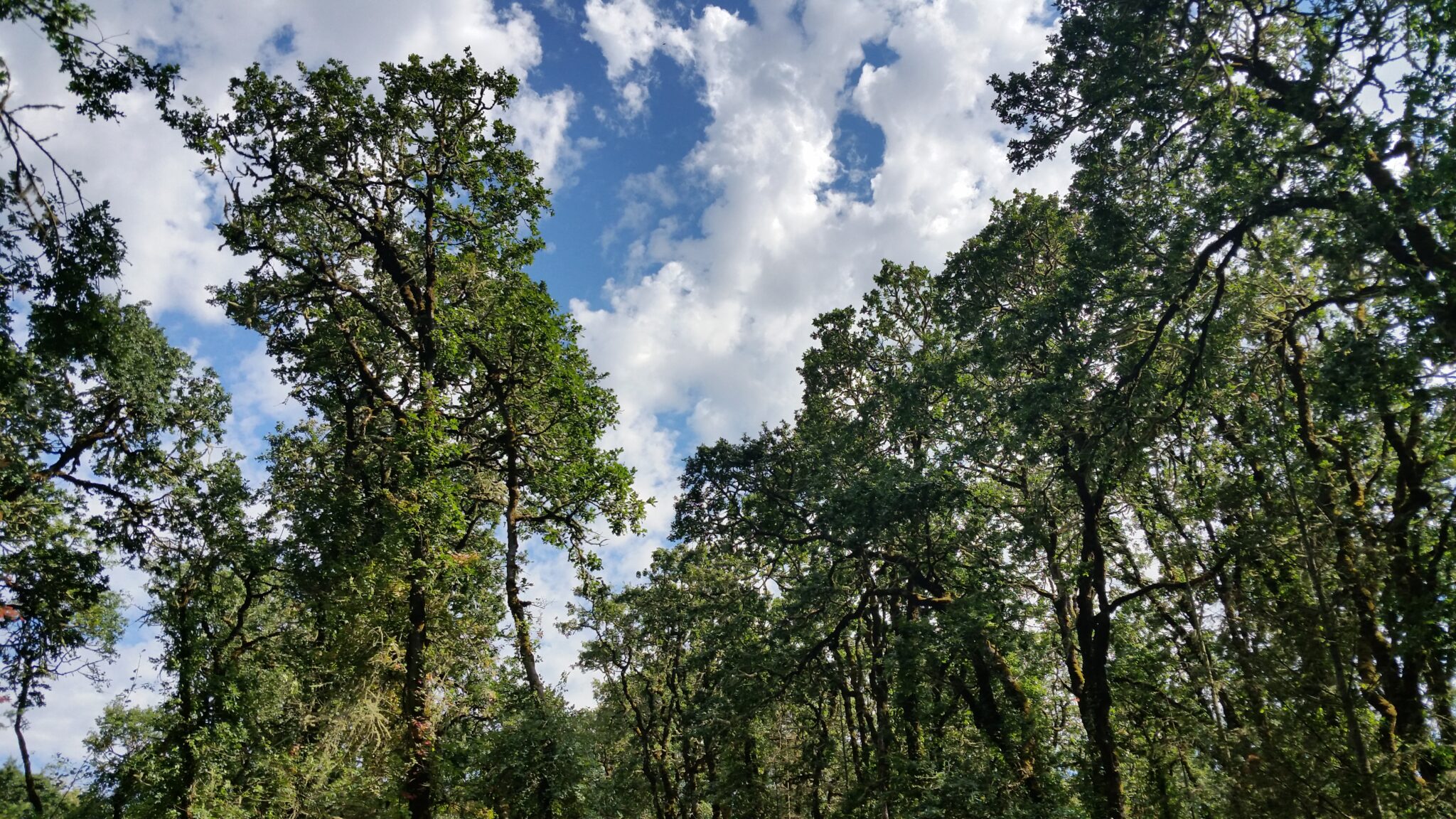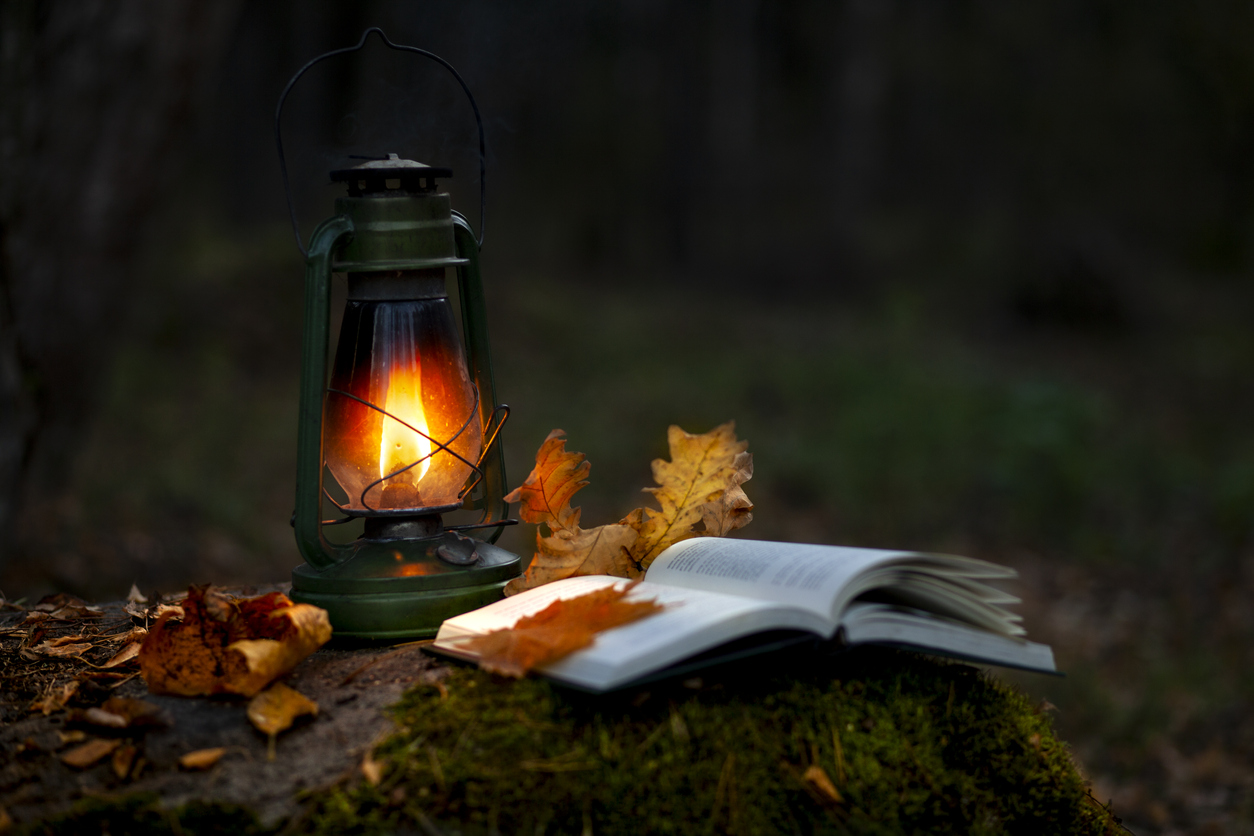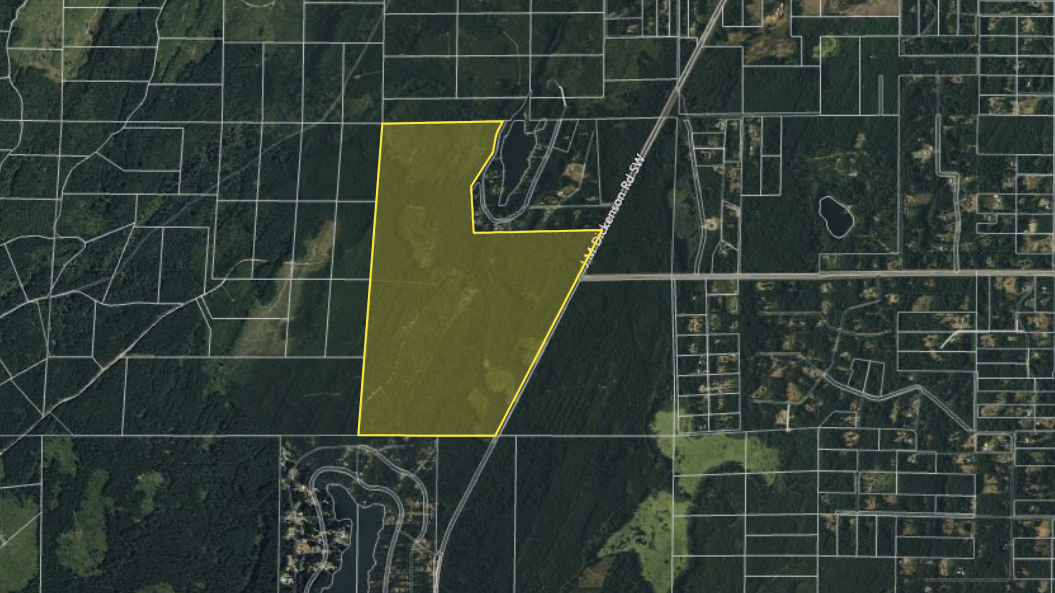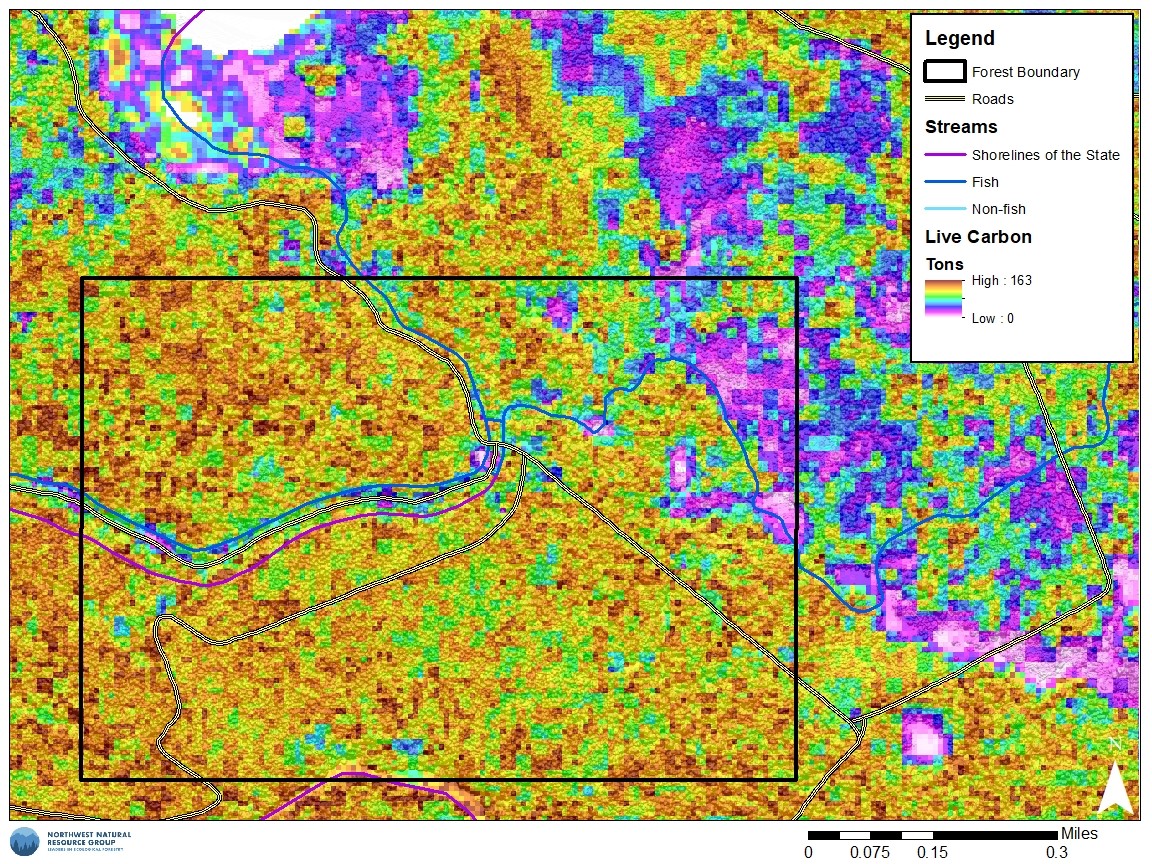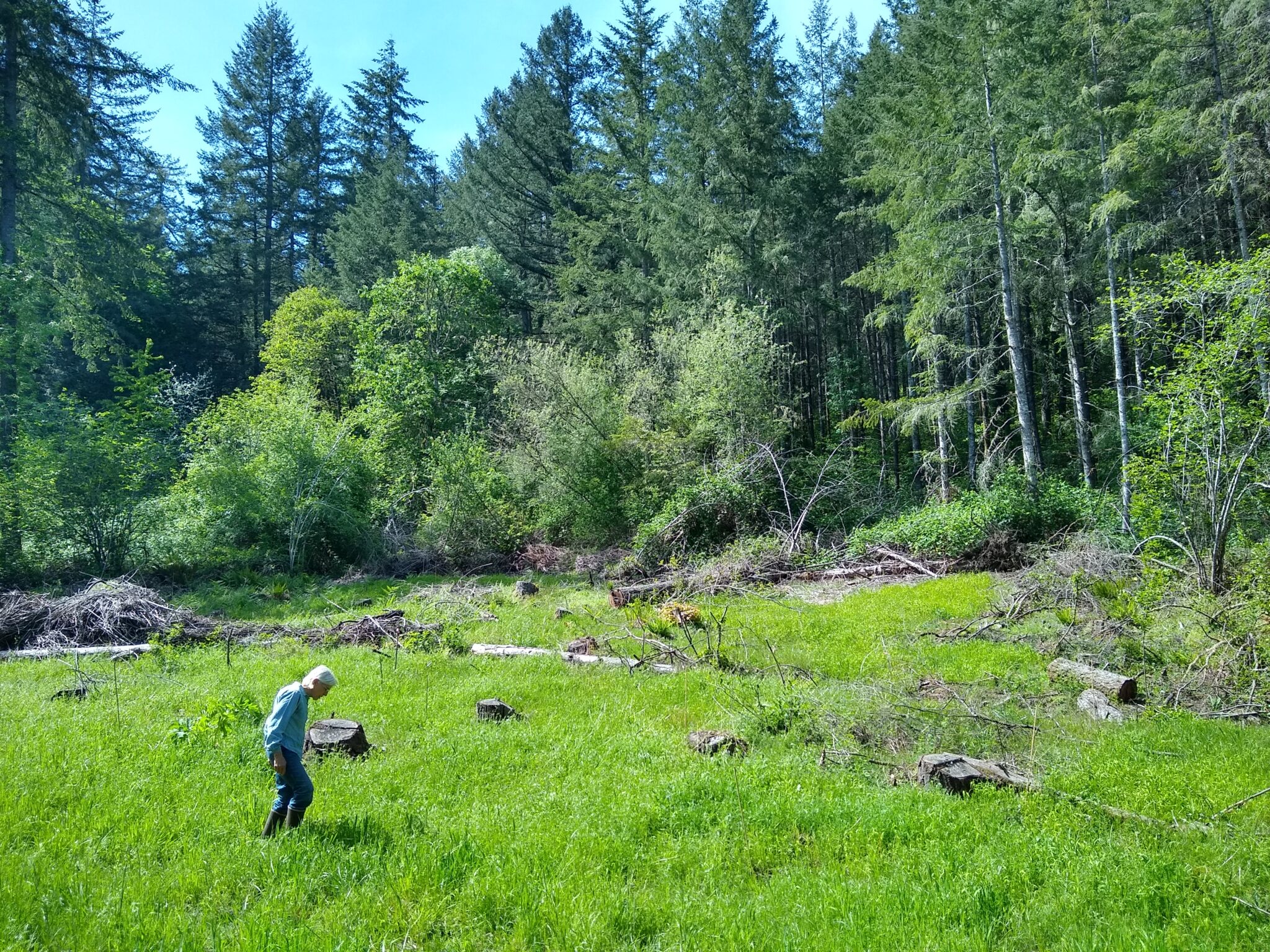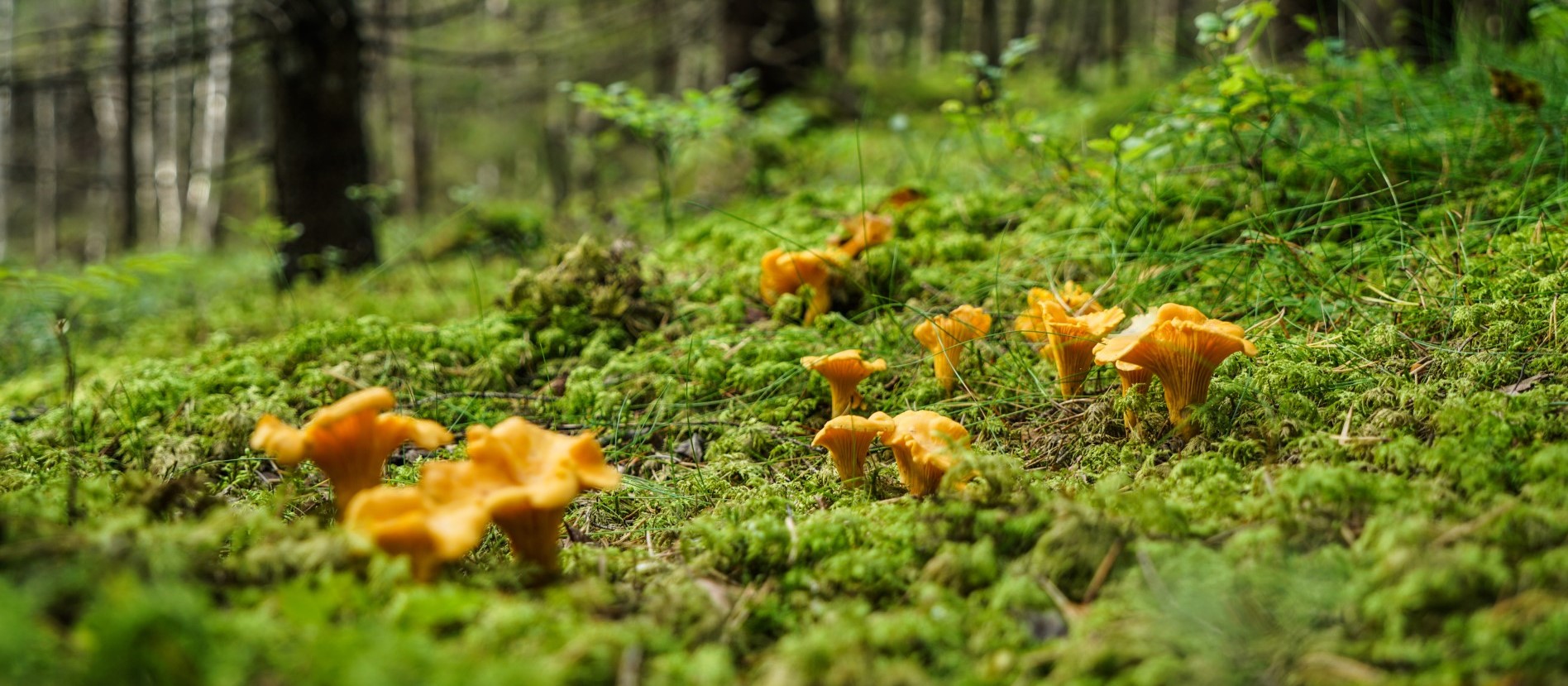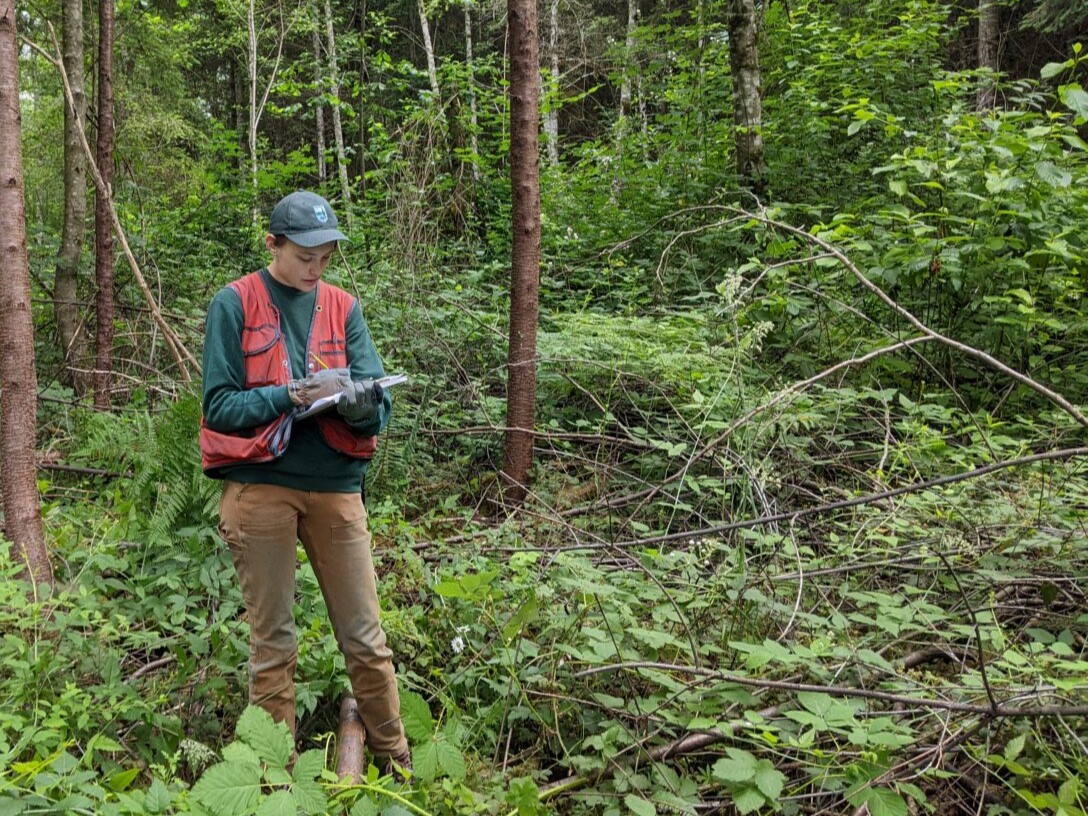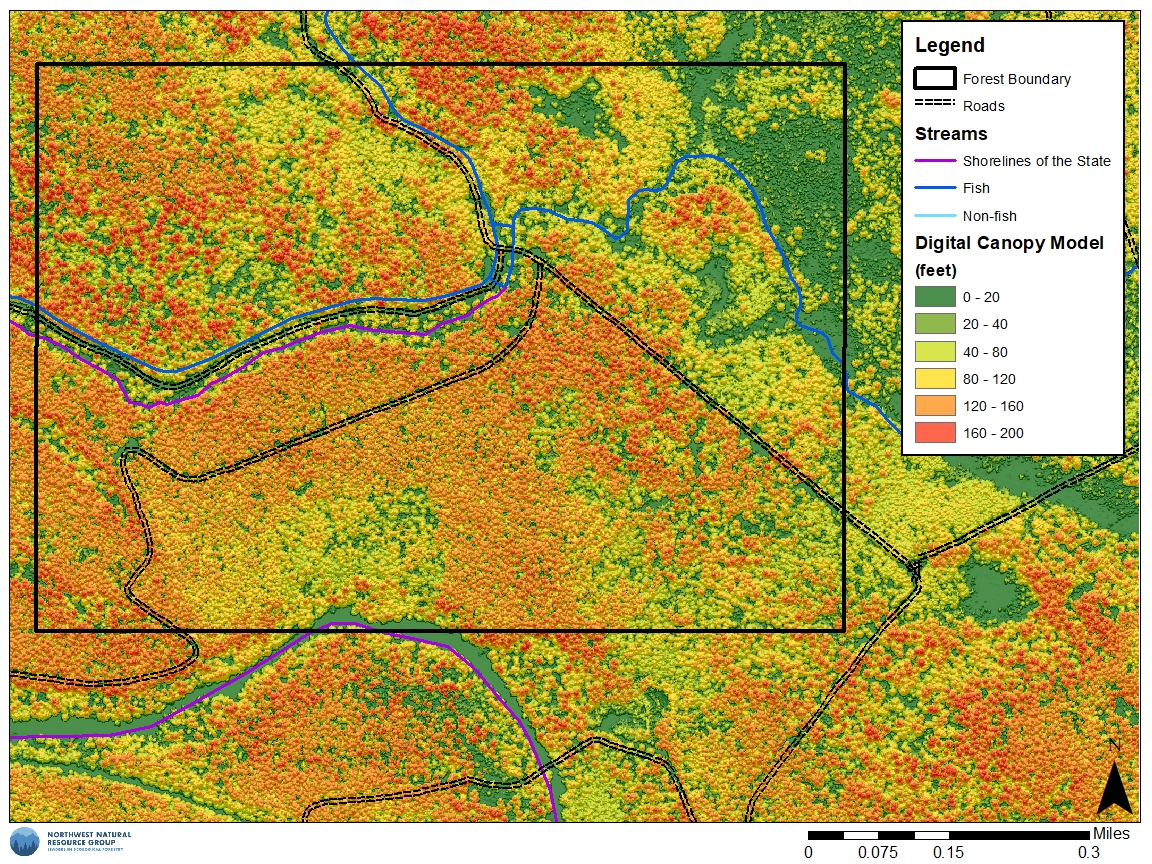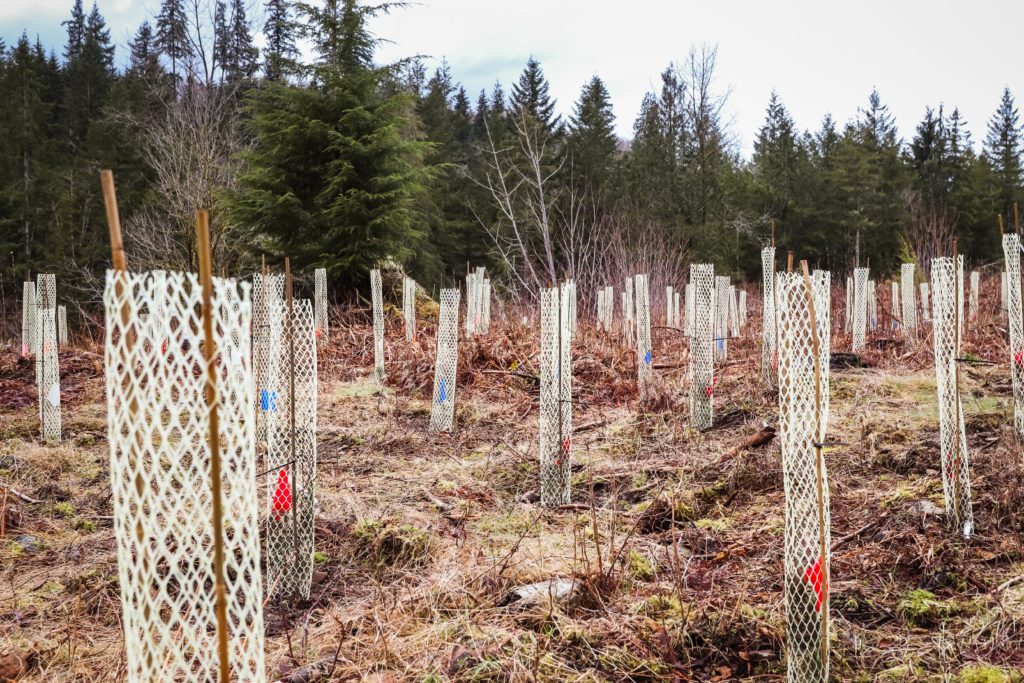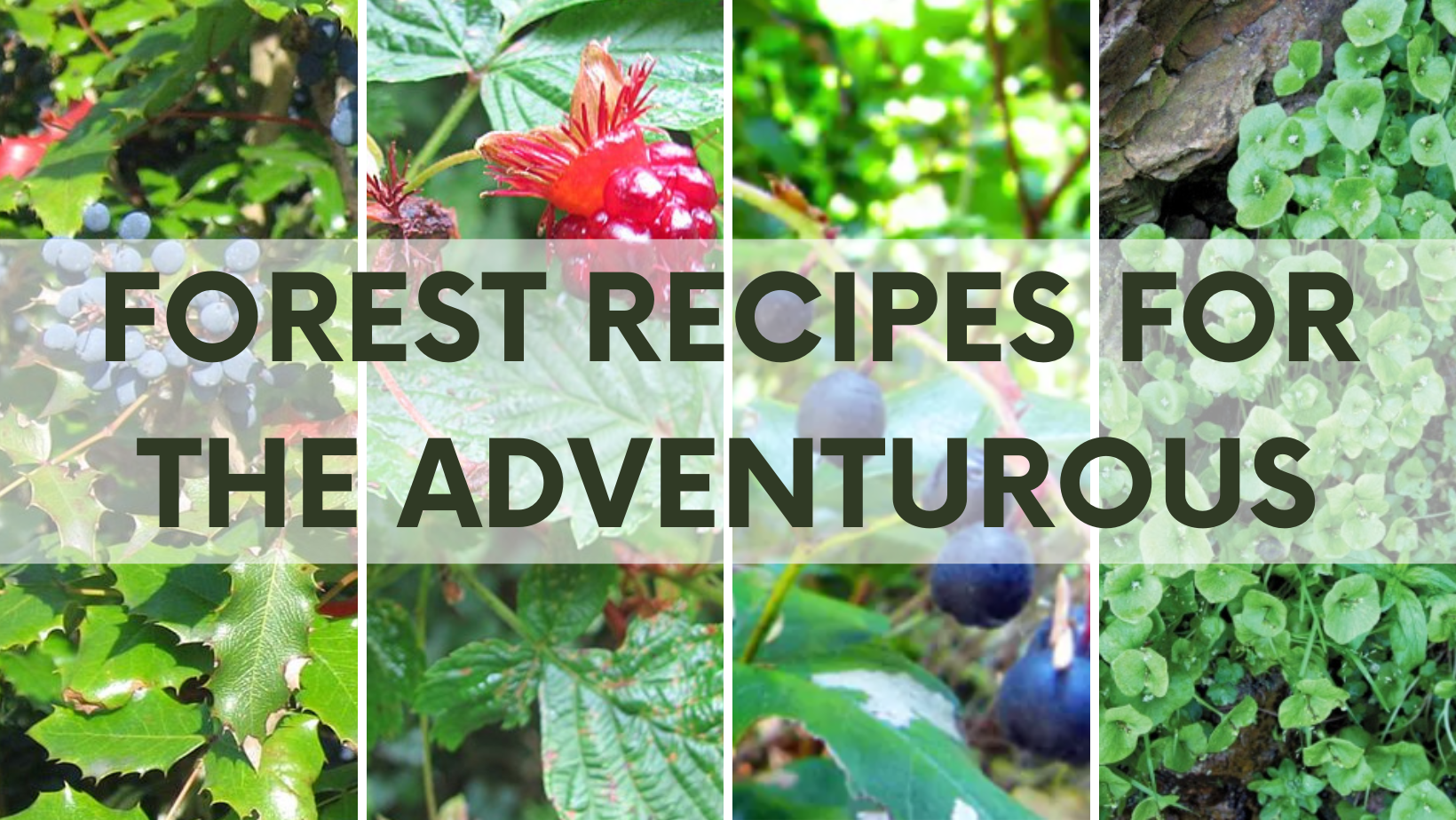As a small forest landowner, understanding the relationship between soil types and vegetation is crucial for successful land management. The adage “right tree in the right location” highlights how the soil type directly influences what trees can thrive on your property. Soil is the foundation of any forest ecosystem, providing essential nutrients, water retention, and […]
From the Blog
NNRG Intern Highlight: Assessing the Impacts of Down Wood in Puget Sound Douglas fir EcosystemsLiving Dead Forests
Article by Forrest Becker – This research was conducted as part of the requirements for a Master of Arts in Climate Change and Global Sustainability at SIT Graduate Institute, USA. The grounded logs and branches from fallen trees play a crucial role in the Pacific Northwest’s forest ecosystems. Sometimes mistaken for a negative waste product, […]
NNRG Partners with Foster High School for Innovative Forestry Certificate Program
Written by Laura Linn, NNRG Program Manager This spring, we launched an new forestry curriculum for high school students in partnership with Foster High School in Tukwila, thanks to the generous support of the Russell Family Foundation. As the new program manager, I was excited to return to my roots in education and outreach, and […]
Member Highlight – Advice from Butler Family Forest on Cost-Share Programs
NNRG FSC member Paul Butler’s story is a testament to the benefits of leveraging cost-share programs for forest management. He took a break from installing plant protectors to share his advice and knowledge. Paul owns an 80-acre forest in Thurston County, where he has enhanced his land and deepened his commitment to forest stewardship. Beginnings […]
Maximizing Your Forest’s Potential – A Guide To Financial Assistance for Small Forest Owners
Managing a forest can be both rewarding and challenging, particularly for small private forest owners. Various federal, state, and county cost-share programs are available to support sustainable forest management activities. These programs are designed to offset the costs of management activities and typically work as a reimbursement model – meaning that you get paid the […]
Explore FSC Certified Forests in King County and Beyond
King County Parks and Recreation manages six sites under NNRG’s FSC group certificate, combining forest health initiatives with public recreation. These forests offer a range of activities, including hiking, biking, horseback riding, birdwatching, and picnicking. The Forest Stewardship Council® (FSC®) certification is a voluntary, market-driven system that ensures wood products come from responsibly managed forests. […]
From Big Cats to Birds: Embracing Bird Conservation in Forest Management
As new staff members at NNRG, we were asked to share our favorite way of spending time in the forest for our bios. Naturally, I chose bird watching. My lifelong passion for wildlife initially drew me to Namibia for the charismatic megafauna, particularly big cats. I’ve spent countless hours waiting by waterholes, hoping to glimpse […]
Carbon Market Opportunities in the Pacific Northwest
Article by Midori Sylwester. Midori completed her University of Washington Program on the Environment Capstone Project with Northwest Natural Resource Group in Winter/Spring 2024. Small private non-industrial landowners own roughly forty percent of forestland in Washington State (Chowdhury and Brown, 2023) and, on average, prioritize objectives such as wildlife habitat, water quality, and recreation over timber […]
A Forest Of Your Own | Chapter 4 | Shopping for a Forest
Throughout this book, I certainly don’t hide my opinion that owning or managing a forest is one of the greatest expressions of earth stewardship. I wholeheartedly encourage you to go out and acquire your own tract of forestland and put your conservation ethic into practice. As my mom always says, “Land is a good investment […]
Engaging with Citizen Science
At heart, we are all scientists taking in the world around us with curiosity and questions. You can likely tell us when your hummingbirds return each year, when the wildflowers will bloom, or how the snowfall this February differs from the norm. Now imagine if all that knowledge could be shared for everyone to learn […]
Welcome NNRG’s New Staff!
A new year means new faces at NNRG! Learn more about our two new staff members below. LAURA LINN Program Manager Reach Laura at laura@nnrg.org Laura grew up along the McKenzie River in Oregon and has shared her love of the natural world throughout her career. In her last semester of college, she followed her […]
2023 Book Recommendations
We asked the NNRG staff and board — notorious for thinking about forests as much off-the-clock as on — for the best forestry, nature, PNW, and environment-related books they read this year. The resulting list has some real gems! Scroll down to read the whole list. The Ghost Forest: Racists, Radicals, and Real Estate in […]
An Interview with the Creators of Landmapper
Our partners over at Ecotrust are releasing a new tool that makes forest maps accessible in a matter of minutes, with no specialty knowledge needed. The maps are available for most properties in Oregon and Washington, with more updates coming over the next few months. We chatted with two of the program’s creators, Director of […]
The Meaning of Maps
Maps are an essential part of forest management, used to remotely evaluate property, delineate management units, plant harvests, and track management over time. But the array of maps available can be dizzying. Below, we outline a number of the maps you can expect to see in your forest management plan, plus a few more unusual […]
Forest Adaptation: Half Art, Half Science
For fifteen years, the Deumlings have been experimenting with planting less-traditional tree species—ones more tolerant to a warming climate—including Incense cedar, Coast redwood, Giant sequoia, Oregon white oak, and Ponderosa pine. They’ve also been sourcing Douglas-fir seedlings from farther south, where they may already be adapted to a warmer and drier climate.
November Fireside Chat: Let’s talk about mushrooms, baby!
NOVEMBER FIRESIDE CHAT | NOVEMBER 8, 2023 | 6pm – 7pm | ON ZOOM At this month’s Fireside Chat, NNRG Forester Gustavo Segura Flores will share some of his experience with maps! Bring your favorite fall drink, curl up in front of a fire or heater, and get ready to put yourself on the map. […]
July Fireside Chat: Practical Forest Restoration for Small Woodland Owners
JULY FIRESIDE CHAT | JULY 19, 2023| 7:30-8:30PM | ON ZOOM Many forests in our region need active stewardship to achieve their ecological and economic potential. Years of single-species management, overstocked stands, invasive species, and neglect can make forests susceptible to a slow decline in ecosystem services. This month’s fireside chat will focus on forest […]
Mapping Tools for Forest Landowners
When NNRG foresters prepare for a site visit with a forest owner or begin drafting a forest management plan, one of the first steps they’ll take is to prepare a suite of maps that provide critical information about the characteristics of a forest. Although our forestry team includes professional cartographers familiar with Geographic Information Systems […]
Stossel Creek and Assisted Plant Migration: How’s It Growing?
Article by Shay Steeves. Shay completed her University of Washington Environmental Studies Capstone Project with Northwest Natural Resource Group in Winter/Spring 2023. Three years ago marked the start of the Stossel Creek adaptive restoration case study. Located in Carnation, WA, Stossel Creek is now home to over 14,000 growing seedlings, including 900 that are set […]
Forest Recipes for the Adventurous
You’ve probably heard of stinging nettle tea — how about stinging nettle pesto? Japanese knotweed hummus? These six recipes draw from the bounty found in Pacific Northwest forests – both wild and urban lands.

